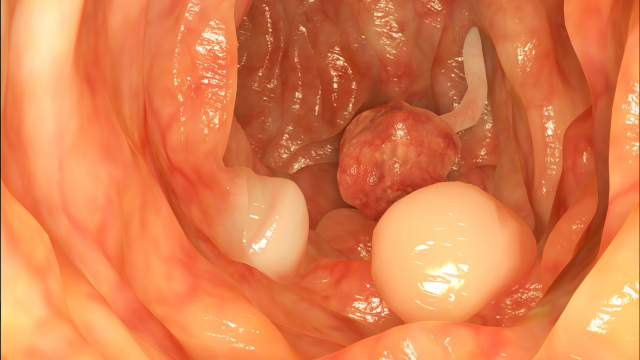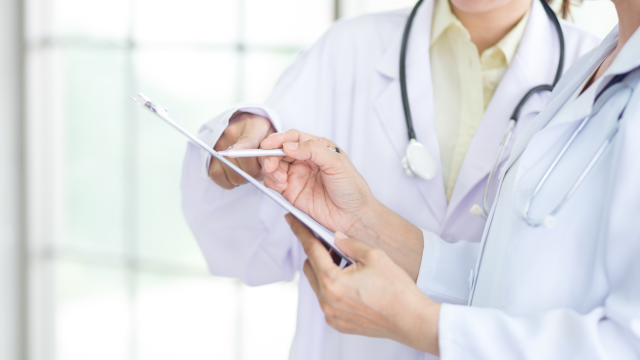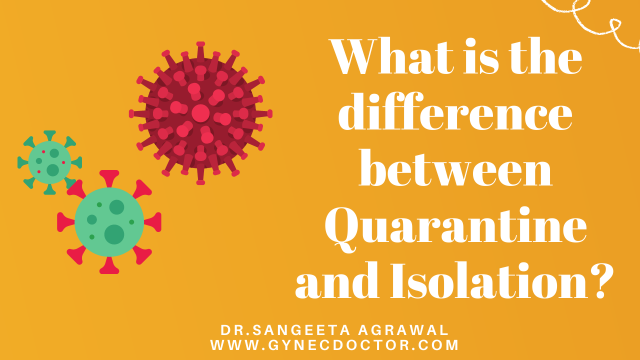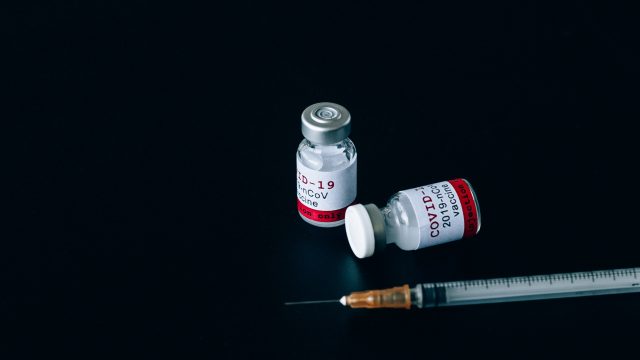Osteoporosis is a progressive bone condition wherein there is a loss of bone mass which leads to a decrease in bone strength. They become brittle, weak and more susceptible to fracture. The bones undergo change throughout life. Up to the age of 30 bone is made and very little is broken down. After the age of 30, it is broken down faster. This loss is further aggravated after menopause.
Osteoporosis is a silent disease. Most people may not have any symptoms. A common complaint is a backache. The bones of the spine become weak and may collapse on each other thus leading to a humped back. Osteoporosis can lead to fractures even after minor falls, such as slipping on a wet floor. the wrist and hip joint are the commonest sites.
Many times fracture is the 1st manifestation of osteoporosis.
Many factors increase the risk of osteoporosis:
- Past history of fracture
- Family history of osteoporosis
- Poor nutritional status
- Smoking / Alcoholism
- Lack of calcium and Vitamin D
- Lack of exercise
- Obesity
- Hypothyroidism
- Menopause
- Long term steroid treatment
Prevention of Osteoporosis
Life style has a major role to play. Good nutrition and adequate calcium intake from childhood through adulthood and old age can go a long way to make bones healthy. Pregnancy, lactation, and menopause are special times when extra calcium is required. Smoking and Alcoholism are harmful to bone health. Exercise helps to increase bone mass. It helps in muscle strengthening and joint mobility.
Osteoporosis can be detected by a bone mineral density {BMD} test. BMD measures bone mass at the spine, hip and wrist. T-scoreS are used and it correlates the individuals BMD to the mean BMD of young premenopausal adult women.
WHO criteria based on the BMD expressed as t-score:
- Normal – BMD within -1 SD
- Osteopenia – BMD within -1.0 and -2.5 SD
- Osteoporosis – BMD less than -2.5 SD
- Severe Osteoporosis – osteoporosis as defined above with one or more fragility fractures
BMD has a direct correlation with the risk of osteoporotic fractures. Therefore it is of great value to identify the people at risk of fracture and to monitor the effectiveness of treatment. The BMD should be done every 2-3 years.
Who should do BMD?
- All women above the age of 65 years.
- Women who have had a fracture.
- Women under the age of 65 but who have one or more risk factors for osteoporosis.
Treatment of Osteoporosis
Bisphosphonates are commonly used in the prevention and treatment of osteoporosis. They can reduce the risk of fracture by 50%. They are given orally either daily or weekly. They are well tolerated with few side effects. Occasionally they cause nausea, vomiting, and acidity. Raloxifene is a SERM (Selective Estrogen Receptor Modulator) which is also used to treatment of osteoporosis. Calcitonin is a hormone that is available as an injection or nasal spray and may be used for the treatment of osteoporosis.
So if you think you may have weak/brittle bones, do not wait for a fracture to happen. Seek an appointment with Dr. Sangeeta for a full assessment of your bone health. We can help to identify/prevent/treat osteoporosis.


















